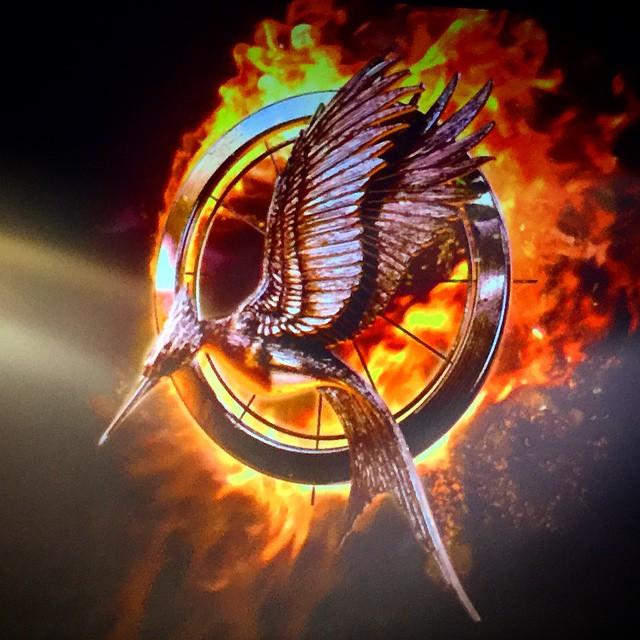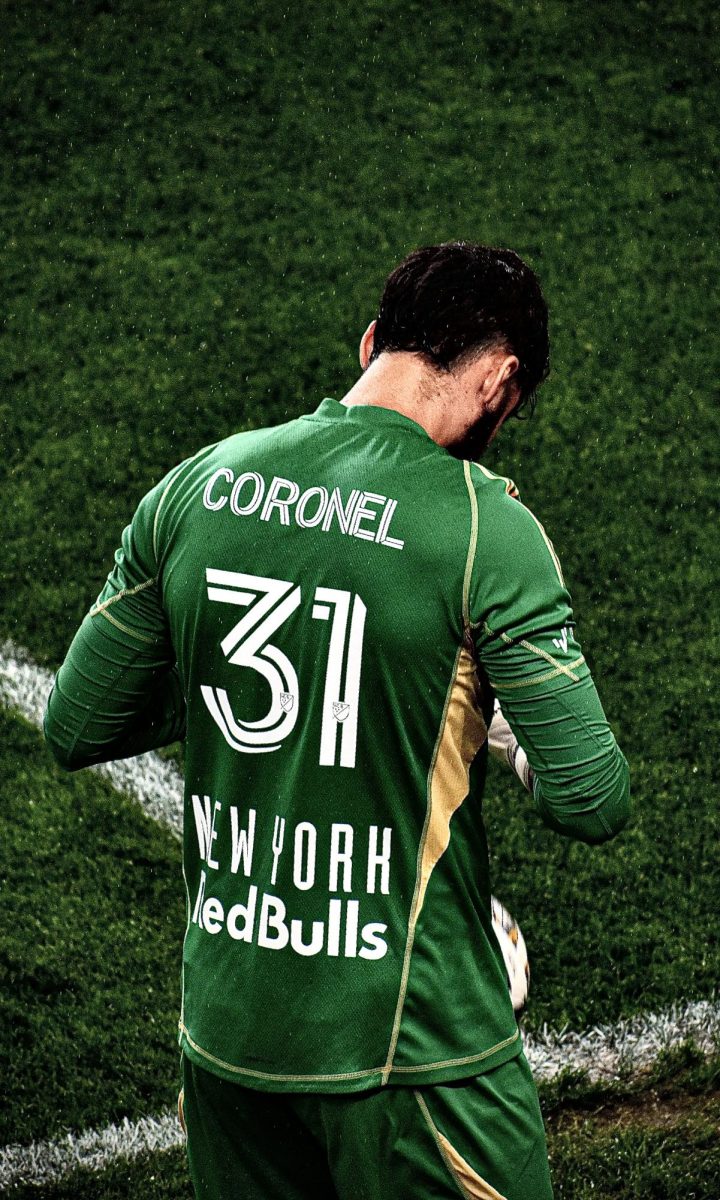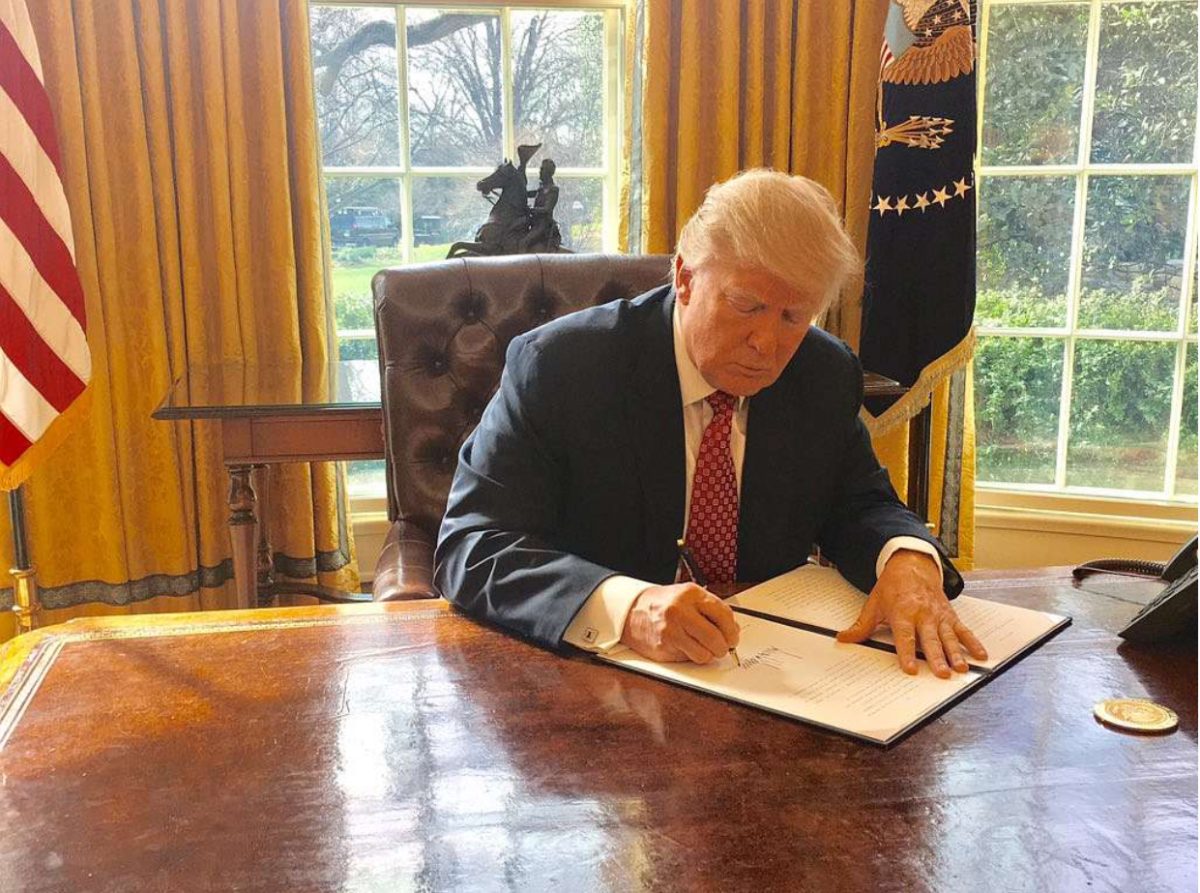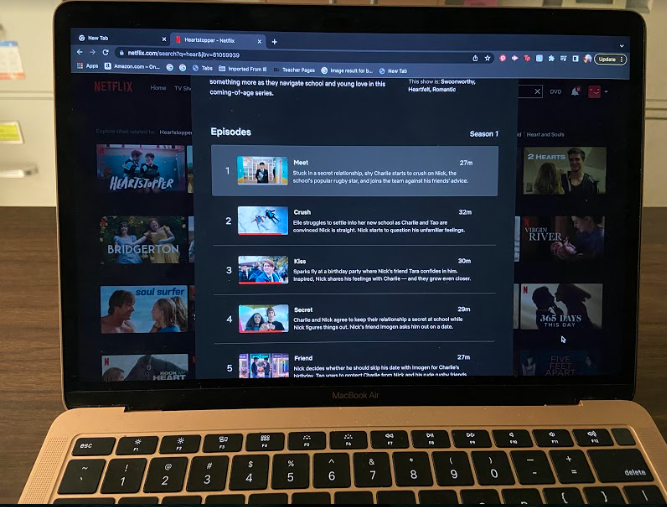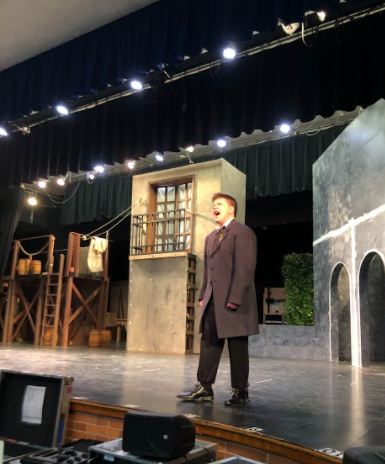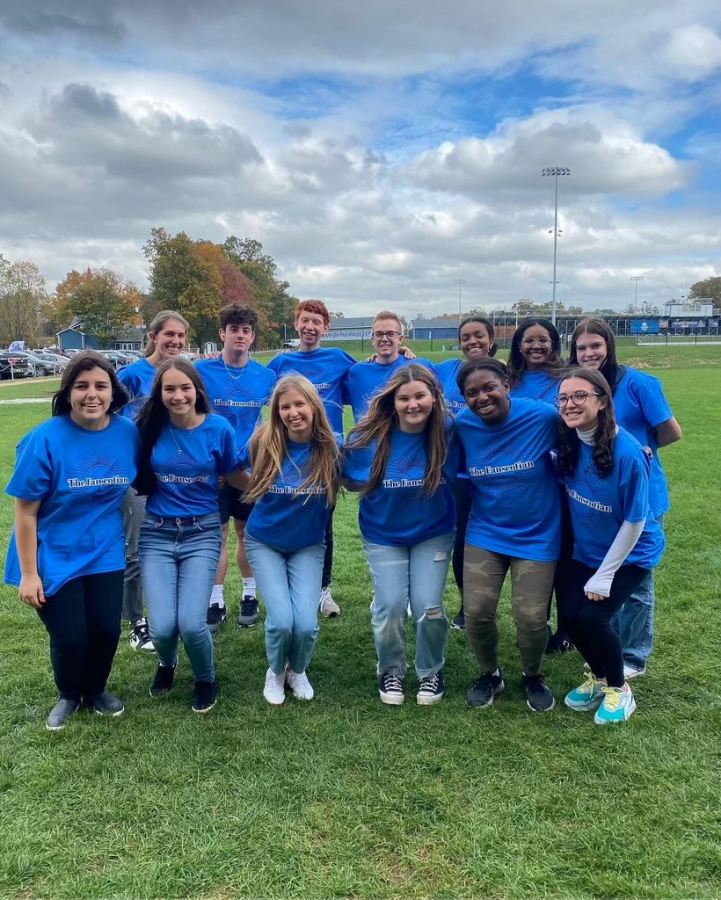by Haley Nakonechny
This is not your average “Hunger Games” movie. Heroine Katniss Everdeen, played by Jennifer Lawrence, and her love interest Peeta Mellark, played by Josh Hutcherson, do not participate in a new annual Hunger Games as they had in the previous two movies. Instead, they face a whole new set of problems that differ from the other films.
“Mockingjay” is the third film in the Hunger Games trilogy, which is based on the popular young adult series written by Suzanne Collins. This franchise explores a futuristic dystopian society called Panem, which is ruled by dictator, President Snow. Katniss and Peeta’s acts of rebellion in the first movie set off a chain reaction that affects every citizen’s lives in major ways.
This first installment in the two-part finale picks up right where “Catching Fire” left off. Katniss’s family and Gale escape to the secret underground society of previously destroyed District 13 after District 12 is annihilated; Katniss is simultaneously rescued and taken to District 13 as well. They live there and join the effort to fight the Capital, the government of Panem, and free their nation from President Snow’s oppression.
In the beginning, Katniss suffers from violent night tremors, and is constantly on edge and frightened of everything; it displays her suffering post-traumatic stress disorder that resulted from her horrific experiences from the past two Hunger Games. As the movie continues on, Katniss is presented as the figurehead of the growing rebellion.
The plot keeps the audience interested, but compared to the previous movies, it is slow-paced. This is mainly because there is no Hunger Games ensuing, so the action-packed notability of “The Hunger Games” and “Catching Fire” is absent from the majority of the film. Although some parts are unnecessarily drawn out, the few action scenes shown include intense fighting between Katniss and the Capital.
“I read [“Mockingjay”] and I liked the movie because it was nice that they kept it true to the book,” said junior Rasheka Krishan. Compared to the last two films, this one is most like the book. Francis Lawrence, the director of “Mockingjay,” did a great job at bringing every detail of the story to life. The love triangle between Katniss, Peeta, and Gale was especially presented realistically on screen. Although this movie has a much slower pace, the ending sets up the next and final film beautifully.
Lawrence does an excellent job at portraying the raw emotion that her character is feeling throughout the film. She makes her fictional character seem like a real person with real problems, and it is not hard for the audience to really get interested in the movie.
Hutcherson also shows exemplary acting skills. Peeta is in the Capitol’s hands for the first time in the series, and he goes through a psychotic breakdown later in the film. The fresh-faced, young-looking Peeta we are used to in the other films is not found in “Mockingjay.” By the end of the film he is seen as a completely different person. Hutcherson’s ending scenes were by far his best in the film.
“The Hunger Games” series is a hit among teens and adults, leaving many excited for the second installment of the finale.


